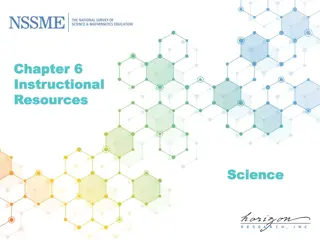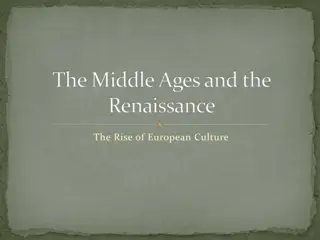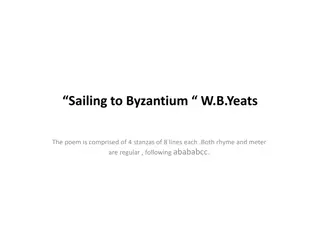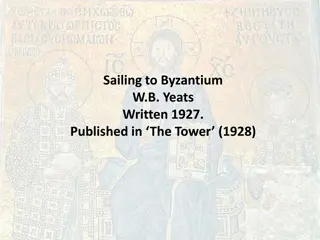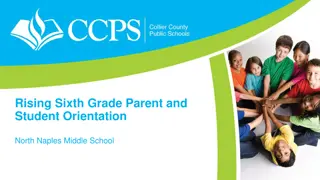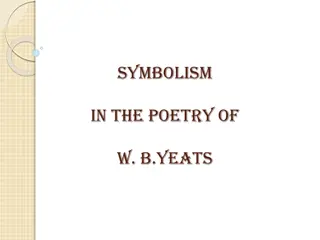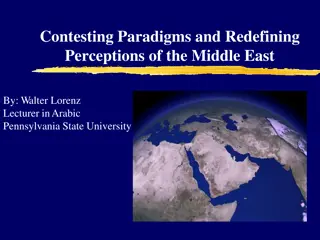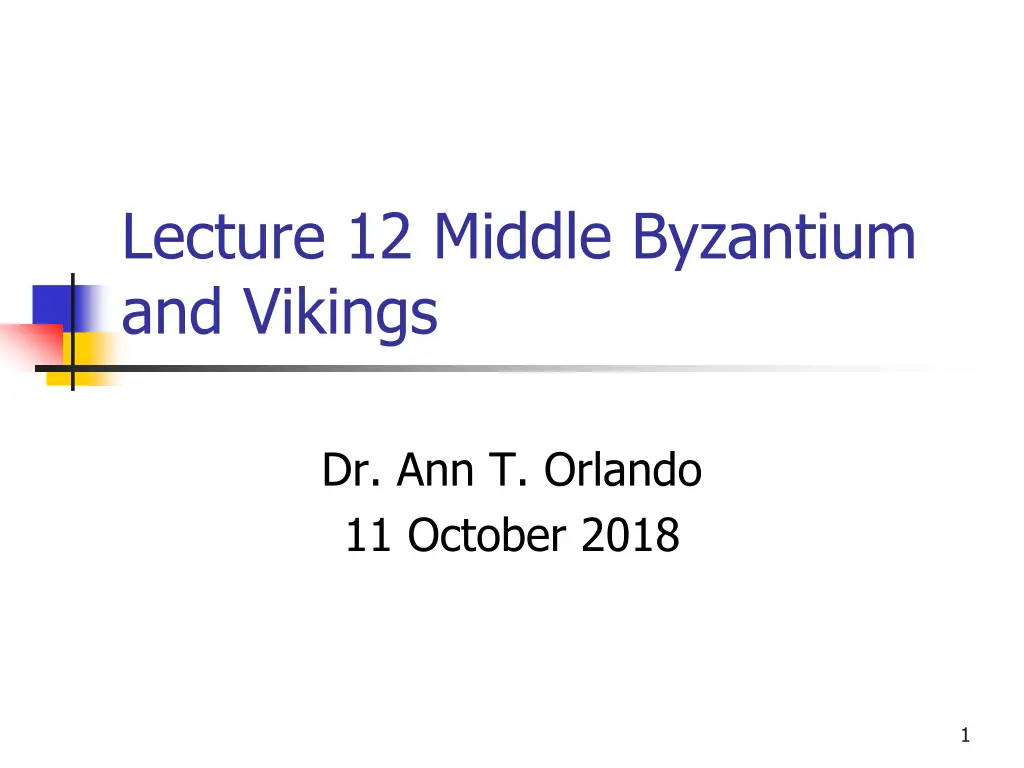
Middle Byzantium and Vikings: Major Phases and Key Figures
Explore the significant phases of Middle Byzantine history, from the Great Schism to the pressures faced by the empire. Learn about key figures like Basil I and the Great Schism that shaped Byzantine history. Dive into the history of the Eastern Roman Empire and its interactions with the rise of Islam and Western Europe.
Download Presentation

Please find below an Image/Link to download the presentation.
The content on the website is provided AS IS for your information and personal use only. It may not be sold, licensed, or shared on other websites without obtaining consent from the author. If you encounter any issues during the download, it is possible that the publisher has removed the file from their server.
You are allowed to download the files provided on this website for personal or commercial use, subject to the condition that they are used lawfully. All files are the property of their respective owners.
The content on the website is provided AS IS for your information and personal use only. It may not be sold, licensed, or shared on other websites without obtaining consent from the author.
E N D
Presentation Transcript
Lecture 12 Middle Byzantium and Vikings Dr. Ann T. Orlando 11 October 2018 1
Introduction Major Phases in Byzantine History Great Schism Pressure from Turks Byzantine Intellectual and Spiritual Advances 2
Overview of Byzantine History Early Byzantium Begins with Constantine or Justinian Irene and her successors conclude this phase (830s) Middle Byzantium Begins with Basil I Concludes with Sack of Constantinople (1204) Final Phase Begins with expulsion of Latins (1261) Fall to Turks (1453) 3
Seventh, Eighth, Ninth Century Eastern Roman Empire Pressure from Rise of Islam Intense military pressure Loss of Alexandria, Antioch, Jerusalem Pressure from Consolidation of Independent Western Europe Papal ties to Franks Charlemagne as Holy Roman Emperor Theological Pressure Iconoclast controversy Monothelete controversy 4
Basil I (811-886) Also known as Basil the Macedonian From Thrace, not part of imperial or prominent family May have spent time as a slave in Bulgaria as a boy Managed by ability to rise at court in Constantinople, eventually becoming the most important minister Leads a coup which makes him emperor in 867 5
Key Accomplishments During Basil s Reign Complete revival of Byzantine law Wins victories against Arabs in Asia Minor Reestablishes Byzantine footholds in southern Italy and Sicily Negotiated this with Louis II, great-grandson of Charlemagne Enhances diplomatic ties with Rome But also advances Orthodoxy (and Byzantine control) to Bulgaria against objections from Rome When he dies, he leaves behind a strengthened Byzantium and a dynasty which will last over 200 years 6
The Great Schism(not to be confused with the Great Western Schism) Tensions between Catholic West and Orthodox East had been developing for centuries before 1054 Liturgical (unleavened bread at Eucharist) Lingual (filioque) Geographical (contested areas in Balkans) Political (Western Holy Roman Emperor, ecclesial relation between Pope and Patriarch) 7
Events of 1054 In 1054 legates representing Pope Leo IX went to Constantinople and Patriarch Michael Cerularius to resolve differences Papal legates insisted on primacy of Rome, denying ecumenical patriarch title to patriarch of Constantinople Cerularius excommunicates papal legates; legates excommunicate him As a result Catholic West and Orthodox East accuse each other of heresy and schism Latin suppressed in Greek East; Greek suppressed in Latin West 8
After 1054 Some unsuccessful efforts during the Middle Ages at reunification for political and military reasons First Crusade, 1098 Second Council of Lyon, 1274 Council of Florence, 1439 Mutual excommunications lifted by Pope Paul VI and Ecumenical Patriarch in 1965 9
The Seljuk Turks Turks nomadic tribes from central Asia Mongols migrate northeast in 6th-7th C AD In 13th C dominate all of northern Asian landmass from Korea to eastern Europe In 11th C Seljuk Turks spread from central Asia and overrun Arab lands Also place great pressure on Byzantium In 1095, Byzantine Emperor asks the Pope to send Western troops to defend Christian East; beginning of Crusades 10
Ottoman Turks (c. 1225-1918) In 13th C Ottomans (pushed by Mongols) invade Seljuk-controlled area Ottomans completely replace Seljuk Turks and Arabs further West Conquer Constantinople in 1453, ending Byzantine Empire Threaten Vienna in 1532 and 1683 Threaten to recapture Spain, defeated at naval Battle of Lepanto in 1571 Force in southern Mediterranean and Balkans until end of WWI Throughout, great animosity between Turks and Arabs (e.g., Lawrence of Arabia) 11
Middle Byzantine Advances Manuscript preservation and reproduction Most ancient Greek works that have survived, survive from this period Rules for Iconography developed in form known today Mount Athos established in 10th C Hesychasm, from Greek for quiet Very apophatic type of spirituality Life-long effort to master quiet entry into the mystery of God by complete removal from the world and society Can be anti-intellectual 12
Icons Icon is from Greek word meaning image or symbol Something that points to something else Icons become special aid to prayer and meditation in Eastern Christianity Spirituality of icons is one of opening a window for the meditation on mysteries of the faith Mystery is from Greek, meaning things hidden Icons are very stylized; not intended to be exact or realistic representations 13
Mary in Iconography Most famous of all icons of Mary is the Hodegetria, She who Shows the Way Supposedly original painted by St. Luke First appears in Constantinople in 5th C, immediately after Council of Ephesus In 15th C, becomes known as Our Lady of Perpetual Help in West 14
Important Symbolic Elements in the Hodegetria Mary s hand points to the Way, Jesus Mary looks to us, as our mother Mary s cloak has three stars, representing her perpetual virginity Child Jesus scroll shows wisdom (Jesus is Wisdom) Greek over her shoulder is Hodegetria Greek at upper corners represent Mother of God 15
Early Medieval Nordic Peoples Collection of small kingdoms around the Baltic and North Sea Social organization focused on king Commanded respect not through territorial holdings but through fighting abilities (not primogeniture) Ability to Attract warriors to his banner Weather and terrain made sea travel primary means of communications and war Kings buried with their ships 16
Viking Religion Complex pagan religion Completely untouched by classical thought Basis for Germanic mythologies Viking mythologies based on conflicts between gods and giants and human entanglement with them Odin, leader of gods Thor, most important (strongest) god Loki, fire-god, most cleaver Ostara (Easter), goddess of vernal equinox 17
Viking Epics Written down in 10 12th C But orally transmitted for several centuries prior Most important are Icelandic Sagas (segja, old Norse to say or tell) Early English Beowulf also an example Legends of King Alfred the Great focuses on English defense against Vikings NB Many English words are derived from old Norse; especially words associated with seafaring 18
Viking Raiders Combination of sea power and social stature based on fighting fueled war or pirate raids Viking boats ideally designed for both open seas and river passage Population expansion and improved navigation techniques led Vikings to explode out of Baltic in 9th to 10th C Particular targets were Irish and Scottish monasteries They were rich and their wealth was portable Raids extended throughout Europe into western Asia Raids included fleets of several hundred ships 19
Extent of Viking Conquests darkwing.uoregon.edu/%7Eatlas/europe/static /map16.html 20
Viking Settlements After raiding not all Vikings sailed home, some areas became trading colonies West to Iceland and Greenland Dublin in Ireland Western France (Normandy) Sicily (conquered from Muslims) Along Volga in Russia Other names for Vikings: Northmen, Scandinavians, Rus 21
Viking Conversion to Christianity Slow process; Scandinavian countries among the last in Europe to be converted In Western Europe (France, Ireland) by 10th C In Russia to Eastern Orthodoxy Prince Vladimir of Kiev converts to orthodox Christianity in 989 Orthodox missionaries to Slavs and Eastern Vikings introduce Greek letters Kiev is capital of Russian orthodoxy until transfer to Moscow in 13th C 22
Medieval Russian History Vladimir s son, Yaroslav (d.1054) Establishes Kiev as a great Christian city Monasteries on Greek orthodox model Orthodox spirituality encouraged, including liturgy and icons Establishes Russian law based on Justinian s code Vladimir s descendents Rule until 17th Century (Boris Godunov) Look to Byzantium not only for religious but cultural and social models 23
13th C Threats to Russia: Sweden and Teutonic Knights Teutonic Knights are commissioned in Holy Land as an order of Crusading German knights in 1190 Germanic off-shoot of Templers Become closely associated with German ruler In 13th C Teutonic Knights engaged in conversion of Baltic peoples (forcibly) to Christianity Teutonic Knights and Sweden attack Russia Soundly defeated by Russians led by Alexander Nevsky in 1242 (Battle of Lake Peipus) Nevsky honored as a saint in Russia 24
Moscow becomes Third Rome Moscow originally established as a monastery in early 12th C Town grew up around monastery In 1326 metropolitan of Russian Orthodox Church transferred seat from Ukraine to Moscow When Constantinople fell in 1453, Russian Church claimed title of Third Rome for Moscow Tsar head of the Church Until 1917 25
Assignment The Conversion of Vladimir, 988 http://www.dur.ac.uk/a.k.harrington/ch ristin.html Field trip: Museum of Russian Icons, Clinton, MA (optional) 26


![READ⚡[PDF]✔ Emerging Space Powers: The New Space Programs of Asia, the Middle Ea](/thumb/21554/read-pdf-emerging-space-powers-the-new-space-programs-of-asia-the-middle-ea.jpg)





